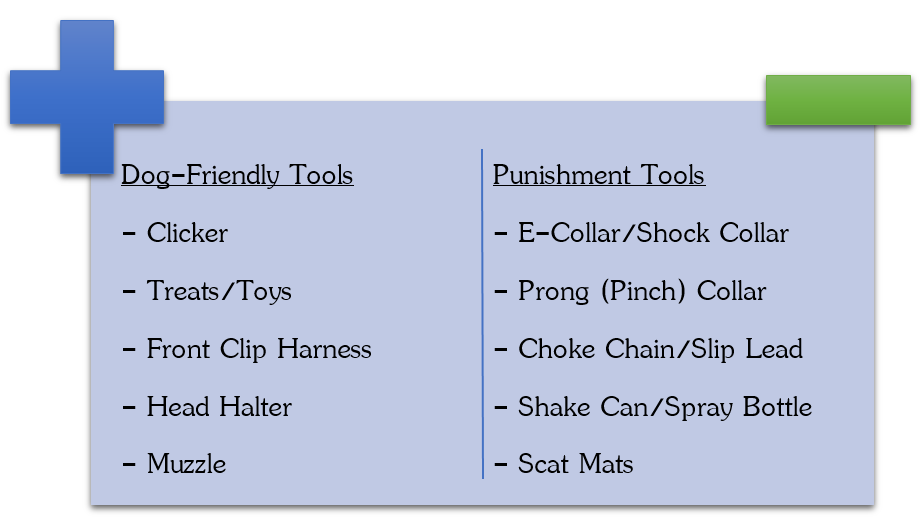
That’s easy! Just hire me.
I kid, I kid. Sort of.
Obviously, if you’re in my service area and looking for a good trainer, give me a holler. I may be biased, but I think I’m pretty great. But let’s assume for a minute that you live elsewhere and are in need of some qualified, professional help with training or behavior issues. How can you go about finding someone good? You might start by asking friends, family, neighbors, vets, etc. But how do you know that the person they’re pointing you towards is a qualified professional and not some charlatan hack who happens to be good at self-promotion? Here are a few guidelines to help you navigate these confusing waters:
Philosophy
You should probably start with the trainer’s website. Most trainers will include some sort of statement about their training philosophy. There are essentially two main schools of thought within the dog training community, with a small group of trainers who straddle the divide. The camp to which I belong believes that science is the most powerful tool for training dogs and affecting behavior. We embrace a modern understanding of learning theory, and within that framework use primarily positive reinforcement to change behavior because science has proven this to be most effective and least likely to cause behavioral issues down the road. The other school of thought–often called dominance-based training–relies on outdated and widely discredited studies of captive wolf pack behavior from the early 1900s to justify punishment-based techniques that cause fear, stress and pain for the animal being trained. These techniques, while frequently effective at changing certain behaviors, have been linked to increased incidences of emotional instability and anti-social behavior in dogs. Needless to say, you want to avoid these trainers. Then finally, there are the trainers who use a “balanced” approach. These trainers may fall anywhere on the spectrum between the two camps but generally employ both positive reinforcement and punishment-based techniques to train the animals in their care. I generally recommend avoiding these trainers as well because, where a “balanced” trainer may use punishment to train a certain behavior, there will almost always be a more positive option available which does not rely on pain or fear, which means a happier, more confident and emotionally stable canine companion. (If you wish to read more about why positive reinforcement training is preferable to punishment training, click here, here, here or here.)
But how do you tell which trainers are which? That can be tricky, but as a starting point, here are a few buzz words to look out for:
* “Praise-based” may sound benign, but this phrase is almost always used by trainers who, in fact, use painful punishment techniques like shock collars and leash jerks with choke chains.
Remember, the key phrases above are not perfect predictors of which camp a trainer belongs to, but they are decent entry-level indicators.
Methodology
Next, ask questions. Any trainer worth your time and money will gladly agree to discuss your dog and their training methods on the phone prior to any financial commitment on your part. So don’t be shy, call them up and ask about their methods.
If you like, you could ask them specifically if they are “positive reinforcement” or “force-free” trainers but some trainers will give oblique answers to this question. I recommend you also ask, “What training tools do you use?” and “What equipment do you recommend for leash walking?” These are good for weeding out trainers who will use aversive, punishment-based techniques.
If you’re speaking with a trainer who says they use any of the tools on the right, you should keep looking.
Certifications
Unfortunately, there are no official governing bodies for dog trainers, which means that a complete novice could set up a website, or take a job at a Petco, and immediately call themselves a professional dog trainer. So, one way that experienced trainers differentiate themselves is with certifications. While certifications are not a guarantee, they are indicative of a trainer with a certain minimum level of experience and usually are held by science-based trainers. Two of the more reliable and wide-spread certifications are (1) CPDT-KA, or Certified Professional Dog Trainer – Knowledge Assessed, and (2) KPA-CTP, or Karen Pryor Academy – Certified Training Professional. There are other good qualifications out there, just do your research. If someone lists a qualification on their site, look up the certifying organization, read what that organization does, how they certify their professionals, and what methods they support. Finally, even if your trainer has one of these certifications, you should still ask questions and advocate for your pet. Make sure your trainer is using dog-friendly techniques and tools, not fear, pain, or coercion.
Fit
Once you’ve weeded out the old school, punishment-based trainers, the next most important thing is to find someone who is a good fit for you and your dog. I recommend you have a phone consultation with the trainer to get a feel for him or her, before making a financial commitment.
First, you should feel comfortable with their communication style; it’s important that you understand your trainer and that they understand you. Effective communication is essential to a great educational experience, and that’s what a trainer is: an educator.
Second, you should look for someone who will help both you and your dog feel successful. This can be difficult to tell over the phone, but if you feel personally attacked or criticized during your phone consult, that’s not a good starting point. You guys are not super likely to have a great working relationship after that.
Finally, make sure you can afford their services, not just for a one-off appointment, but for an entire course of treatment. The trainer should have some idea of how many appointments you’ll need for a given issue and be upfront about the costs.
That’s all folks! Happy Hunting!






